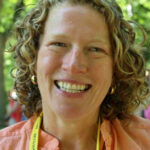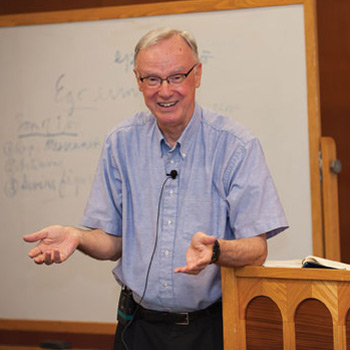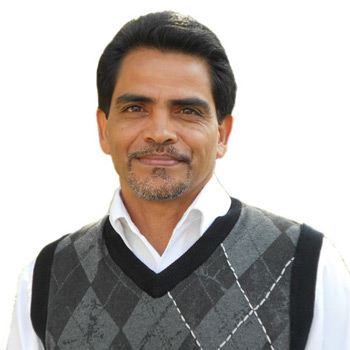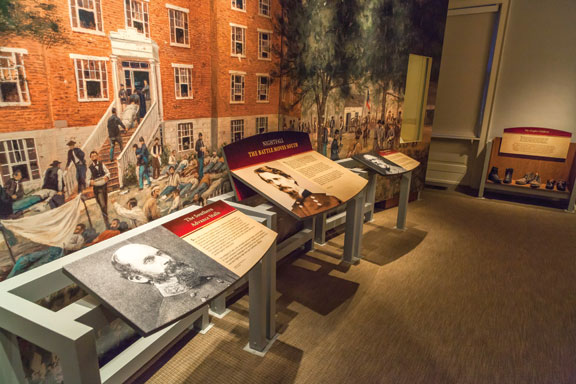 |
| PRD Group |
Standing in the cupola, looking over the one-of-a-kind, 360-degree view of the battlefield and town of Gettysburg, Pennsylvania, it’s hard to believe that this building might have been demolished.
On July 1, 1863, the most ferocious and pivotal battle of the Civil War descended upon Seminary Ridge, named for the Lutheran Seminary that has stood there since 1826. The cupola was first used as a Union lookout by General John Buford, and then, after the Confederate army swept over the ridge, the building became the largest field hospital in the Gettysburg theater, serving 600 wounded and dying soldiers from both sides of the conflict.
In a town that treasures its history, it seems inconceivable to tear down the building that weathered the first day of that famed battle and housed soldiers as they lay dying and or were nursed to recovery. However, that was a real possibility in the 1950s. The Lutheran Theological Seminary at Gettysburg (LTSG) was struggling to maintain the 120-year-old building. Built in 1832, it had been shuttered after being designated too dangerous for daily occupancy.
After the seminary board cast a first vote to demolish, the superintendent of Gettysburg National Military Park and the Adams County Historical Society of made an appeal for the condemned-but-important structure. That turned the tide, and LTSG trustees reconsidered their decision. The historical society stepped in and offered to make necessary repairs in return for use of the building. For the next 40 years, amidst the seminary stood a small county historical museum and archives.
Now the same building houses the brand-new Seminary Ridge Museum, including five stories of interpretive exhibits and a guided tour of the cupola. Thirteen years in the making, the museum opened just in time for the 150th anniversary of the battle, a record year for tourists.
Looking outward
With its historic location, LTSG had a unique resource on its hands, but for a long time, it was seen as a deficit. The tourists who wandered onto the campus were mostly ignored, whereas now they are not only welcomed but also invited to tour the museum and amble along a new walking path overlooking the site of the first day of the battle.
“When I attended LTSG from 1972 to 1976, there was never a mention of the Civil War battle during my education. It wasn’t a part of the seminary life,” recalls LTSG president Michael Cooper-White. “By opening our doors to the public, we are reimagining the seminary in the local community, fully embracing our context and the stewardship it requires. We view this as a part of our public witness.”
Resources into revenues
Cooper-White describes the seminary’s motivation: “The economic downturn became a driving force. In the ’90s, the endowment went up, up, and up. Then there were tough years of budget reduction and belt-tightening. We had painful staff reductions.”
Cooper-White led the board through a process of assessing the seminary’s resources, tangible and intangible. The board, elected by member Lutheran synods, also underwent training in a number of areas. A streamlining process eliminated committees and shifted lines of reporting. In a prescient move, the seminary created a separate nonprofit, the Seminary Ridge Historic Preservation Fund, to accept donations.
The Seminary Futures Task Force, comprised of board members, faculty, and senior staff members, was charged with envisioning a sustainable future for the seminary, and the guiding principle was to do a better job of converting nonrevenue-producing real estate into revenue-producing assets. “The seminary owns 52 acres, which is more real estate than we need,” explains Cooper-White.
Laying this groundwork made it possible for the board to consider the massive project of creating a museum from the floorboards up when it was proposed by Bradley Hoch, the chair of the historical society.
A unique perspective
“We have one of the great treasures of American history — the only structure of its kind that remains in private hands,” adds Cooper-White. “We could do things that the National Park Service couldn’t do, in terms of interpreting the role of faith before, during, and after the Civil War.”
There existed nowhere in the Gettysburg area a comprehensive interpretation of religion’s role in the Civil War, the Underground Railroad, early Abolitionism, or African-American life in a border county before and during the battle.
When the Bible uses the word slave, does it justify slavery? How did Lutherans answer that question before the Civil War? Why are there Southern Baptists and United Presbyterians? How could the nation remain united when its churches were splitting over slavery?
These questions and many more drove the Gettysburg Seminary and the Adams County Historical Society to rehabilitate and adaptively reuse the iconic Schmucker Hall to create a museum interpreting its pivotal role in the first day of the battle.
From its unique vantage point, the museum interprets the first day of battle, where the action centered on Seminary Ridge; focuses on the building’s use as a hospital; illuminates the anti-slavery stance of Simon Samuel Schmucker, the seminary’s founder; and teaches the public about Daniel Alexander Payne, the first African-American to receive a formal theological education at a Lutheran seminary in America.
The long road
The historical society had a lease through 2026, so it required decisions of both trustee boards to proceed. Together, the historical society and seminary created a separate entity, the Voices of History Joint Venture Partnership, to manage the project. To replace the space that the historical society was losing, LTSG agreed to house its offices in another campus building and add an archival wing to the library.
The idea quickly garnered supporters, and Civil War historians Doris Kearns Goodwin and Gabor Boritt were included on the honorary committee when the partnership was announced at the 2006 fundraising launch.
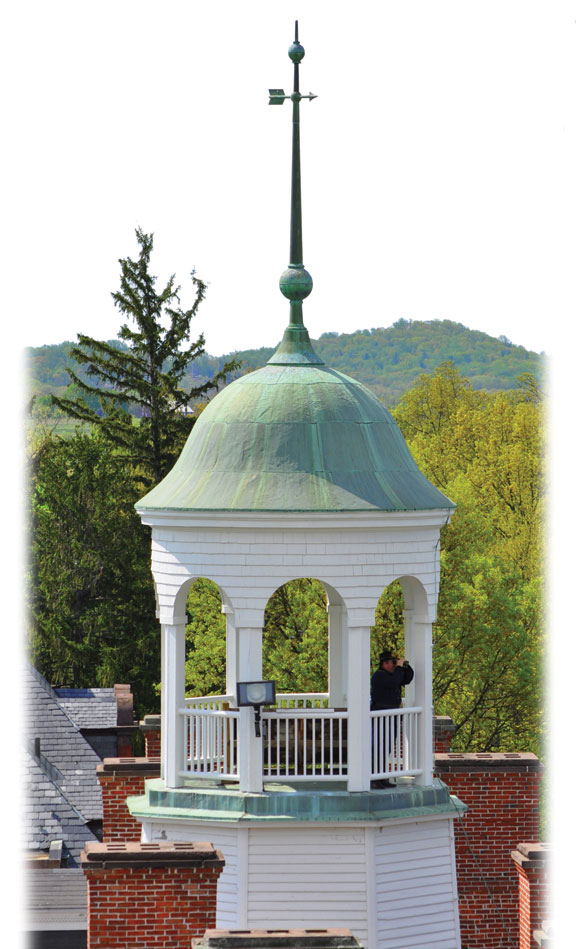 |
| On the first day of the Battle of Gettysburg, Union General John Buford surveyed the battlefield from the cupola of Schmucker Hall. Built on high ground in 1832, it still offers a sweeping view of the Adams County countryside.
John Spangler |
“Unfortunately, fundraising hasn’t gone as well as we hoped. Our goal was to cut the ribbon debt free,” explains Cooper-White. “We have yet to land big gifts. The economic downturn affected individual and corporate funding, plus we were going to many of the same donors that the Gettysburg Foundation had already approached for the new visitor center.”
Models of innovation
While the museum opened with $3.5 million still or be raised or debt-serviced by revenue, the venture is noteworthy for its use of public funds. Two other seminary projects inspired Gettysburg to look to public fundraising.
Gettysburg’s sister seminary in Philadelphia received Pennsylvania state funds for an archives facility in a new building on its campus. After learning that a lobbyist had helped the Philadelphia seminary land a multimillion-dollar commitment from the state’s Redevelopment Assistance Capital Program, Cooper-White retained Delta Development, a Harrisburg lobbyist.
Seeing similar results with a lobbyist on board, the seminary was awarded two significant grants:
-
$4 million for building rehabilitation from the state Redevelopment Assistance Capital Program.
-
$1 million for site development from the Journey Through Hallowed Ground National Scenic Byway Program.
The seminary also used $3.3 million in tax credits to finance the project. Typically, nonprofits can’t use tax credits because they don’t pay taxes, but officials at Gettysburg learned that the Baptist Theological Seminary at Richmond had been able to restore a historic building by selling its tax credits to a for-profit entity. Using that model, LTSG negotiated the same arrangement with PNC Bank, which is also the lender on the project, earning interest on its loans.
Partners in community
While public funds were awarded at the state and federal level, it was the groundwork laid at the local level that made the grants possible. “There are so many little groups working on preservation in this area,” explains Cooper-White. “Main Street Gettysburg was the key player that brought them all together, including county officials and the economic development team, over a period of two years. None of us would seek state or federal funding outside of the priorities we all agreed on.”
The economic impact study for the seminary museum was pivotal in pushing the project to the top of the priority list. Construction alone was projected to bring $25 million into the local economy. On an ongoing basis, the museum is projected to generate $5 million for the community.
State Senator Rich Alloway brought the senate majority leader to town, along with other key decision makers from Harrisburg. Hearing the vision — and seeing the local groups standing behind the project — persuaded them to approve the state funding.
Integrated pedagogy
“It became clear that the key issues at the museum were relevant to the seminary’s curriculum,” says Robin Steinke, dean of the seminary. “The idea for the second floor — how North and South used the Bible — is a hermeneutical question that we still deal with today.”
 |
| Long lines formed for opening day at the Seminary Ridge Museum, which coincided with the 150th anniversary of the Battle of Gettysburg. A big question for the seminary: Will the crowds keep coming?
Julie Stecker |
Steinke describes how the museum is being used in students’ education. “We had crowds during the first week, which was the 150th anniversary,” she says. “Students ran chapel services twice a day, offering an open place of prayer. It was very interactive, giving students the experience of talking to people.”
Moving forward, the seminary is considering the museum as a site for the supervised clinical ministry requirement, as well as looking at how to integrate the museum’s content into courses and curricula.
Lessons learned
Is any other seminary located at a great national historic site? Probably not, but many have resources they are overlooking. Historic architecture, significant archives, notable gardens, and open land can all be leveraged to serve a seminary’s educational mission.
When asked what lessons he would share with other leaders of theological schools, Cooper-White has some wisdom to impart:
-
Sustained leadership is the key to building consensus, he says. “I couldn’t have been in this key role in my first five years as president. I had to establish trust with faculty, staff, and the general community.”
-
Avoid fixating on the big project. “I didn’t want to spend my time creating or running a museum.” Cooper-White appointed key staff to manage the process.
-
Take stock. “If your risky new venture is consistent with your mission, and it reflects your core values and heritage, then it’s more likely to be embraced.”
Cooper-White says that the new museum has put the Lutheran Theological Seminary at Gettysburg in the public eye in ways that few seminaries could imagine. “I consider it to be doing public theology by stewarding real estate,” he says. “Some people look askance at anything real-estate related, but if you believe in an incarnational Lord, then you should look at real estate as a gift.” A seminary should be a place for strangers to be welcomed, says Cooper-White. “The museum has opened us to the world — as we should be!”
For details on public funding for the new Seminary Ridge Museum, see www.intrust.org/gettysburg.



















